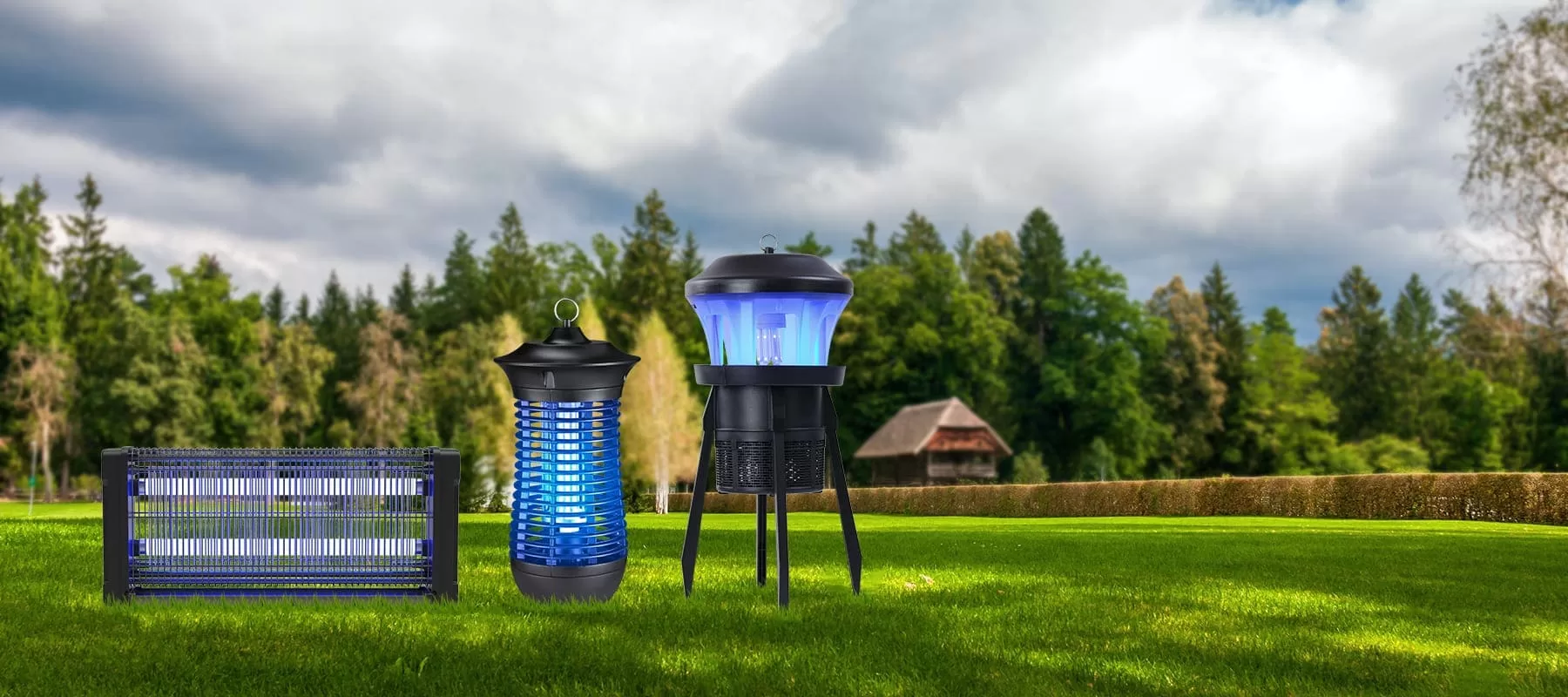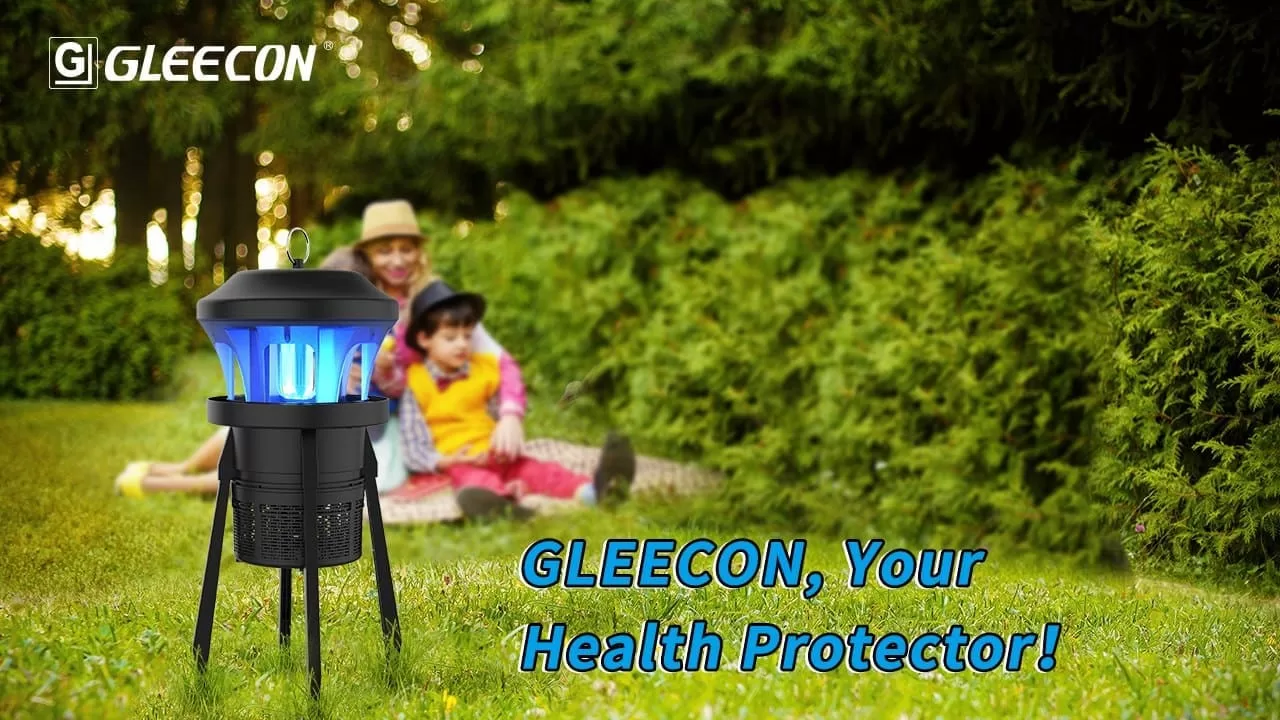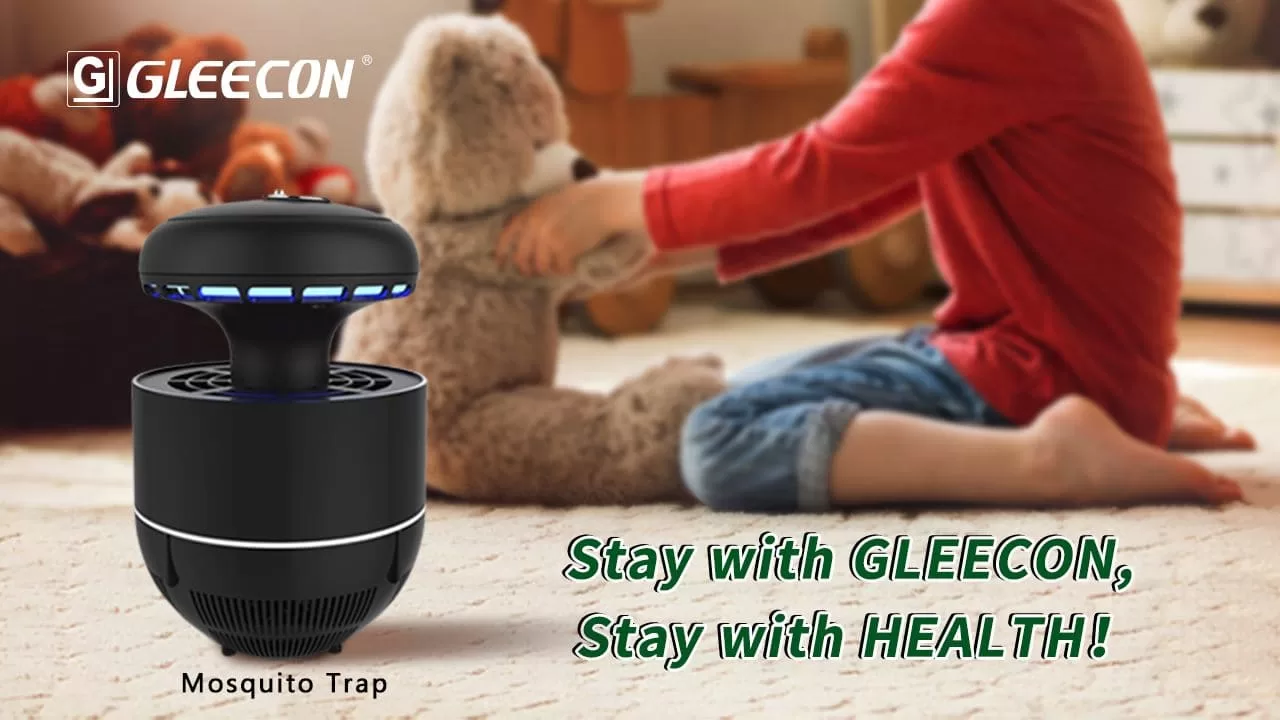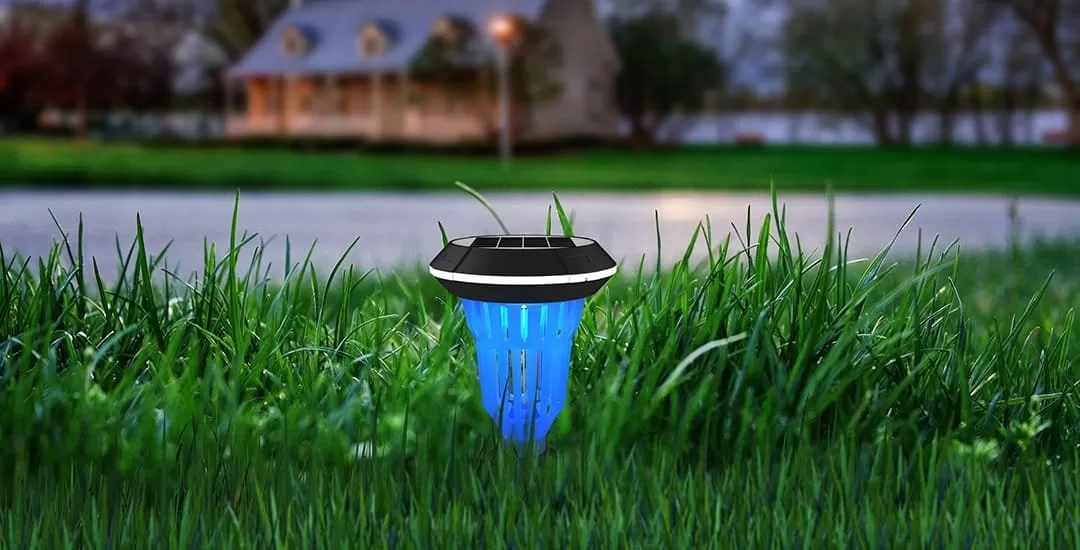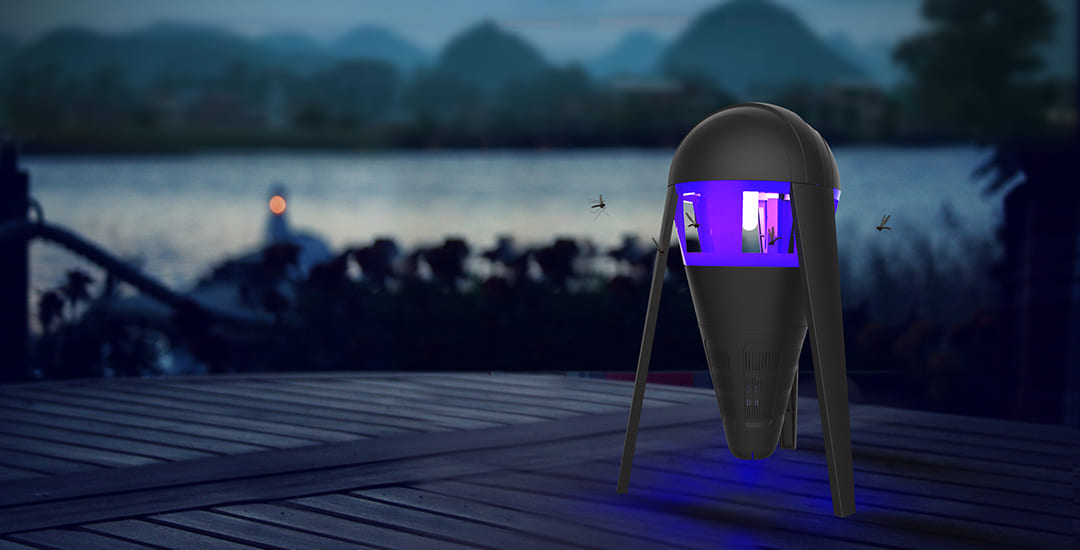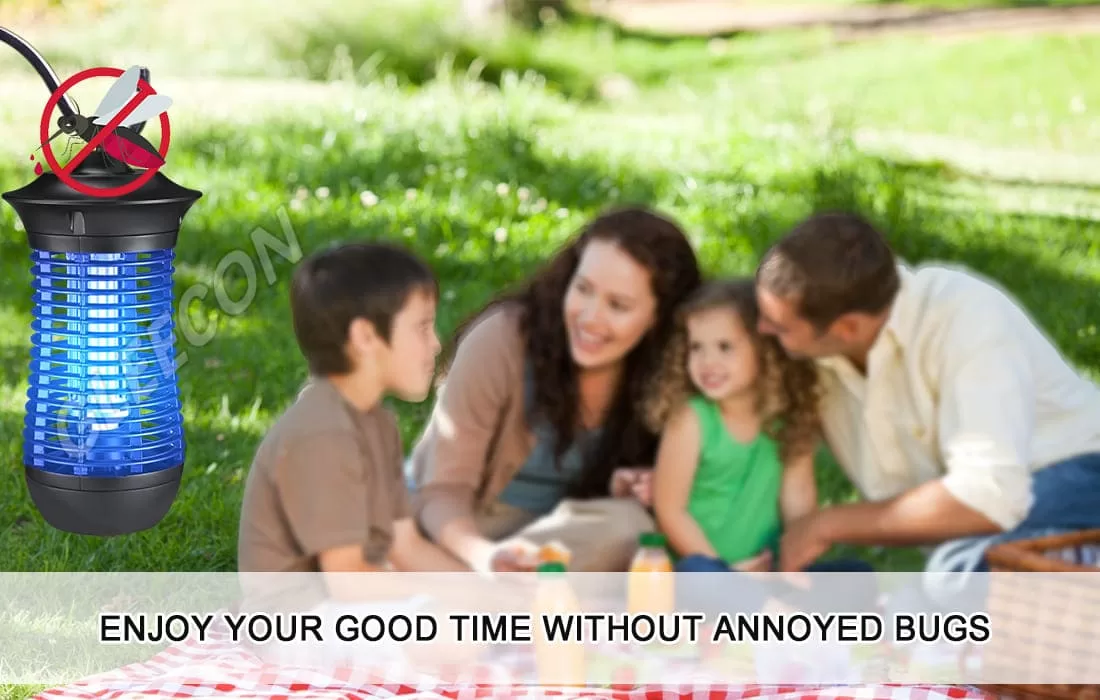Table of Contents
Introduction
Everyone has experienced the frustration of dealing with flying insects buzzing around their homes, gardens, or outdoor spaces. Fortunately, various control methods are available to help keep these pesky creatures at bay. In this blog, we will explore the different control methods of swatting, spraying, trapping, and zapping and help you determine the most effective approach for your flying insect woes.
4 Flying Insect Control Methods:
1)Swatting:
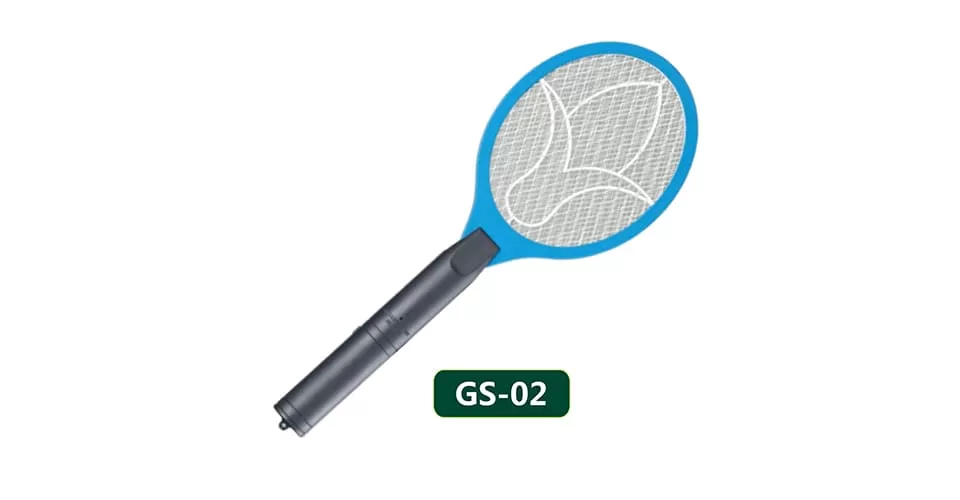
Swatting is a time-honored and immediate solution for dealing with flying insects. It requires nothing more than your hand or a fly swatter. This method is best for eliminating isolated insects or handling minor infestations. However, swatting may not be practical when dealing with large populations or fast-flying insects like mosquitoes. Here are some considerations:
Pros of Mosquito Swatter:
- Instant results: Swatting provides immediate gratification when you successfully eliminate an insect.
- Low cost: A fly swatter is an inexpensive tool for pest control.
- Eco-friendly: It doesn’t involve the use of chemicals or electricity.
Cons of Mosquito Swatter:
- Limited effectiveness: Swatting can be challenging for fast and agile insects.
- Messy: It can result in insect debris and potential contamination.
- Requires manual effort: Swatting can be tiresome and time-consuming.
2)Spraying:
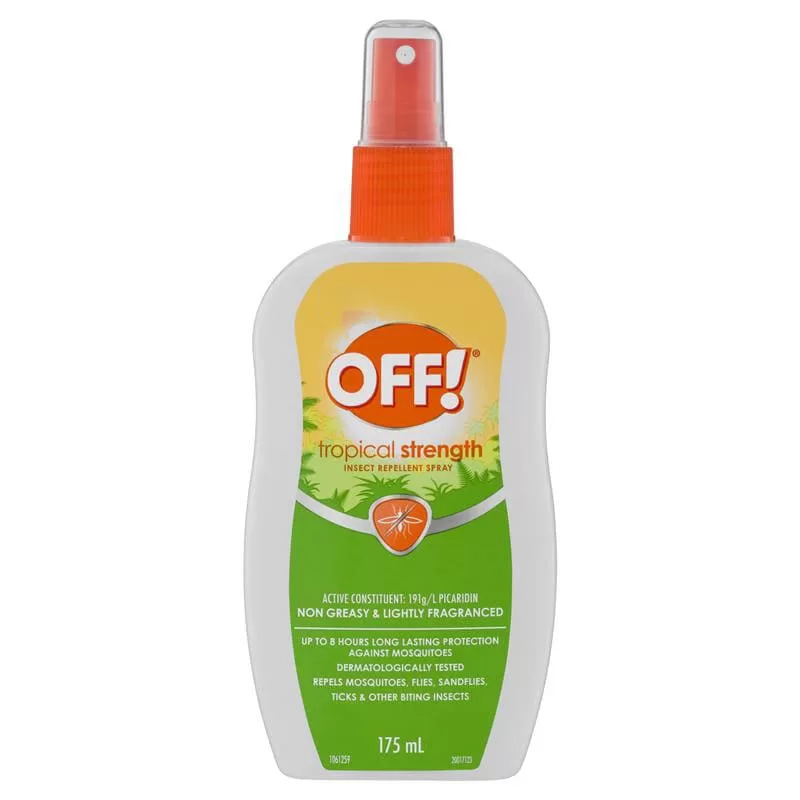
Insecticide sprays offer a convenient and effective way to control flying insects. They come in various forms such as aerosols, pump sprays, or foggers. When using insecticides, always read and follow the label instructions carefully. Look for products specifically formulated for flying insects, as they contain ingredients that target their nervous systems or repel them. Here are the pros and cons:
Pros of Insecticide Spray:
- Wide coverage: Sprays can reach insects in hard-to-reach places.
- Effective against various insects: Insecticides are designed to target specific flying pests.
- Quick application: It takes just a few seconds to spray an area.
Cons of Insecticide Spray:
- Chemical exposure: Some insecticides may pose health risks to humans and pets.
- Environmental impact: Overuse of insecticides can harm beneficial insects and the ecosystem.
- Resistance: Insects can develop resistance to certain chemicals over time.
3)Trapping
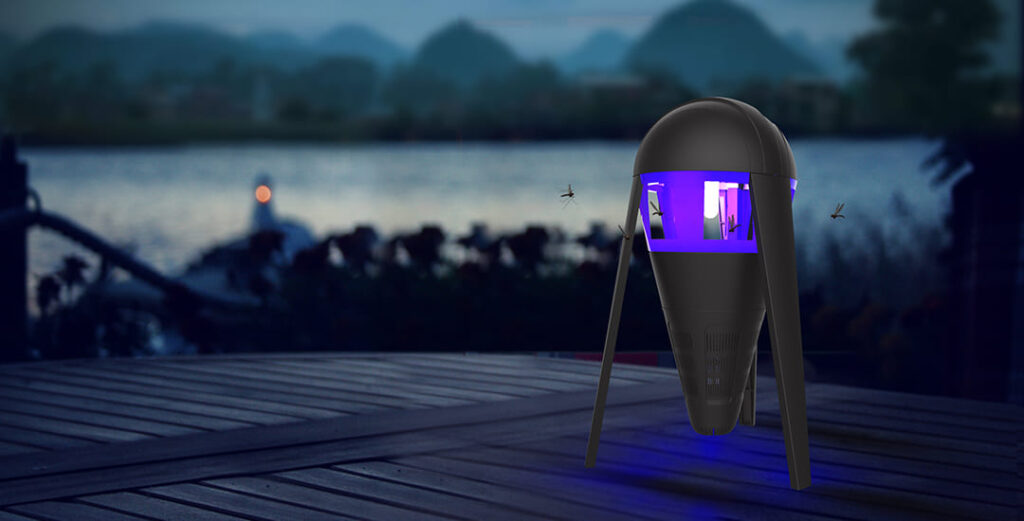
Traps are a popular and environmentally-friendly method of controlling flying insects. They work by attracting insects with baits or pheromones and trapping them so they cannot reproduce or bother you further. Sticky traps or light traps are commonly used for specific insects like fruit flies, moths, or mosquitoes. Traps are particularly effective when dealing with small populations or monitoring purposes. However, they may not completely eliminate all insects and may require regular maintenance or replacement.
Pros of Insect Trap:
- Non-Toxic: Insect traps are typically chemical-free and pose no health risks to humans or pets. They provide an environmentally friendly alternative to insecticides.
- Targeted Control: Traps are effective at targeting specific insect species, making them ideal for controlling particular pests without harming beneficial insects.
- Safe for Indoor Use: Insect traps can be used indoors without concerns about chemical exposure. They are especially suitable for kitchens, bedrooms, and other indoor spaces.
- Long-Lasting: Many insect traps can be used repeatedly, offering ongoing pest control without the need for frequent replacements.
- Low Maintenance: Once set up, traps require minimal maintenance. Regularly emptying the trap or replacing bait is typically all that’s needed.
- Minimal Noise and Disturbance: Insect traps operate quietly and without emitting strong odors, making them suitable for use in quiet environments or at night.
Cons of Insect Trap:
- Limited Effectiveness: Traps may not capture all insects in the area. They can be less effective in situations with a high insect population or when dealing with highly mobile insects.
- Slow Results: Traps provide gradual results, which means it may take time to significantly reduce insect populations. They are not as quick as methods like insecticides.
- Placement is Crucial: Proper placement of traps is essential for their effectiveness. For example, place unit away from other competing light sources and sitting areas to ensure the catch rate.
- Not Suitable for All Insects: Insect traps are most effective against flying insects but may not be effective for crawling pests or those hidden in cracks and crevices.
- Initial Cost: While traps are generally cost-effective in the long run due to their reusability, there is an initial cost associated with purchasing the traps themselves.
- Maintenance Needed: Although traps require minimal maintenance, they do need periodic attention, such as emptying the trap or replenishing the bait.
4)Zapping:

Bug zappers, equipped with UV light and an electric grid, have long been used to zap flying insects. These devices attract insects towards the light source and electrocute them upon contact with the grid. While they can be effective at reducing insect populations, they also come with their own set of pros and cons.
Pros of Bug Zapper:
- Effective outdoors: Bug zappers are highly effective at controlling flying insects in outdoor areas. They can cover large spaces, making them ideal for patios, gardens, and outdoor events.
- Low maintenance: They require minimal upkeep. Bug zappers require minimal maintenance. Typically, you just need to clean out the collection tray periodically, and they can operate for long periods without much attention.
- Safe for humans: Bug zappers are generally safe for humans to be around. The electric grid is usually enclosed, preventing accidental contact.
- Non-Toxic: Bug zappers do not rely on chemical insecticides, making them an environmentally friendly option for insect control.
- Chemical-Free: Bug zappers offer a chemical-free solution for flying insect control. Unlike insecticides or sprays, they do not release potentially harmful chemicals into the environment, making them a more environmentally-friendly choice.
- Long-Term Solution: Bug zappers can provide long-term relief from flying insects by continuously attracting and eliminating them over an extended period. This can be particularly useful in outdoor areas where mosquitoes or other pesky insects are prevalent.
Cons of Bug Zapper:
- Initial Cost: While zappers are generally cost-effective in the long run due to their reusability, there is an initial cost associated with purchasing the traps themselves.
- Noise and Visual Disturbances: The electrocution process of bug zappers can create noise and visual disturbances, which can be disruptive and potentially bothersome, especially in residential areas during quiet evenings or outdoor gatherings.
- Unintended Harm to Beneficial Insects: Bug zappers may also unintentionally attract and kill beneficial insects such as bees, butterflies, or other pollinators that are crucial for maintaining ecosystem balance.
- Limited Range of Control: Bug zappers have a limited range of effectiveness. They tend to attract flying insects only within a certain radius around the device. Therefore, their effectiveness may be limited in larger outdoor areas or spaces with multiple access points.
- Placement is crucial: Proper placement is essential for trap effectiveness. For example, place unit away from other competing light sources and sitting areas to ensure the catch rate.
Factors to Consider:
- Safety: Prioritize methods that are safe for you, your family, and any pets. Take into consideration the potential risks associated with each control method, such as chemical exposure or electrical hazards.
- Targeted Insects: Identify the specific flying insects causing the issue. Different insects have unique behaviors and preferences; understanding their biology and habits will help determine the most appropriate control method.
- Degree of Infestation: Consider the severity of the infestation. Is it a minor annoyance or a significant problem? While minor infestations may be tackled with simple preventive measures, larger populations might require more robust control methods.
- Environmental Impact: Choose eco-friendly solutions whenever possible. Minimize the use of chemical-based products and opt for integrated pest management (IPM) approaches that focus on prevention, habitat modification, and targeted control methods.
- Long-Term Prevention: In addition to immediate control measures, focus on long-term prevention. Eliminate breeding sites, maintain good sanitation practices, and address any structural issues that may allow insects to enter your living spaces.
Choosing the Right Method Of Flying Insect Control
- Swatting: Use swatting for immediate action when dealing with a small number of insects indoors.
- Spraying: Reserve spraying for larger infestations or when insects are hard to reach.
- Trapping: Consider traps for non-toxic, targeted control, especially in areas where chemical use is a concern.
- Zapping: Use zappers for outdoor spaces with significant insect populations, but be aware of potential environmental consequences.
Conclusion
When it comes to controlling flying insects, selecting the right method can make all the difference. Consider the pros and cons of swatting, spraying, trapping, and zapping in terms of safety, targeted insects, degree of infestation, environmental impact, and long-term prevention benefits. Remember, prevention is key to minimizing the need for aggressive control methods. If you’re unsure, seek advice from pest control professionals who can provide expertise and guidance. With the right control strategy, you can enjoy your indoor and outdoor spaces without the nuisance of flying insects.

